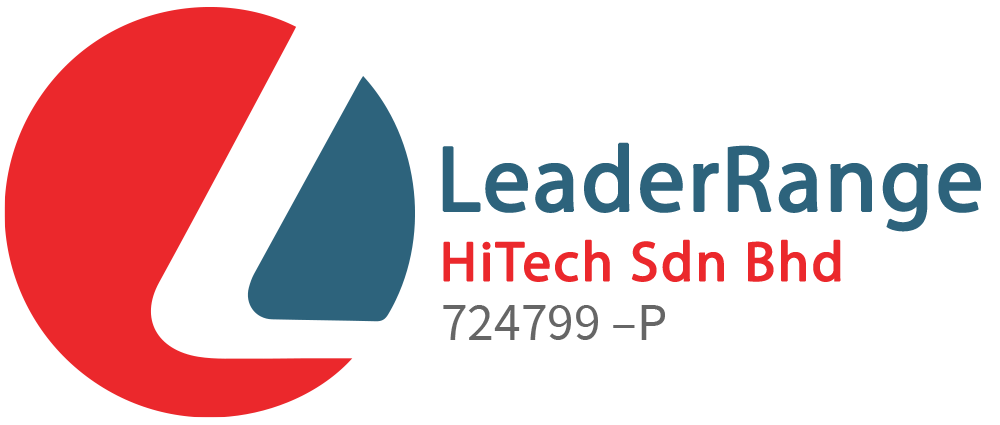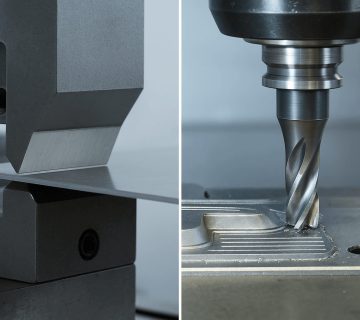In semiconductor manufacturing, bond testing ensures the strength and reliability of connections like ball bonds and die attachments. A key component in this process is the shear pin, which applies precise lateral force during testing.
Choosing the right shear pin improves accuracy, consistency, and helps detect weak bonds early—crucial for quality control in die bonding and overall device performance. Understanding its role is essential for better testing outcomes and long-term product reliability.
What Are Shear Pins?
In semiconductor manufacturing, bond testing is an important step to ensure that tiny parts inside a chip — like wires, balls, or the chip itself — are properly attached and won’t come loose during use. One key tool used in this process is the shear pin.
A shear pin is a small, precise tool that pushes sideways on these tiny connections to test how strong they are. This is known as shear testing, and it helps engineers measure the force needed to break a bond. There are different types of shear tests, such as ball shear for wire bonds and die shear for testing how well the chip (die) is attached to the board.
Choosing the right shear pin is important because it affects how accurate and reliable the test results are. If the pin is too soft, too hard, or not the right shape, it might damage the part or give false readings. A good shear pin provides consistent results, helps detect weak bonds early, and supports better quality control during the production process.
In short, shear pins may be small, but they play a big role in making sure electronic devices are built to last.
The Role of Shear Pins in Bond Testing
Bond testing encompasses several methods, including pull testing, shear testing, and push testing. Among these, shear testing is particularly useful for:
- Ball Bond Shear Testing: Used to test the mechanical strength of wire bonds, particularly the ball bond portion. A shear pin applies lateral force at the ball neck to evaluate the integrity of the bond.
- Die Shear Testing: Evaluates the strength of the die attach process by applying lateral force to the die and measuring the force needed to dislodge it from the substrate.
In both scenarios, the shear pin is the tool that directly interacts with the component under test. As such, its material, geometry, and precision directly influence test results.
Why Choosing the Right Shear Pin Matters
Choosing the right shear pin is essential to achieving reliable and repeatable bond testing results. A poorly selected or worn shear pin can lead to:
- Inconsistent test results
- Premature or uneven shearing
- Damage to the bond tester or sample
- Reduced confidence in product quality
In contrast, using the appropriate shear pin ensures high test accuracy, better repeatability, and meaningful data that supports process control and product validation.
Key Factors to Consider When Selecting Shear Pins
Here are the key considerations for selecting the right shear pin for your semiconductor bond testing operations:
1. Application Type
Determine whether you’re conducting ball shear, die shear, or other forms of testing. Each application has different physical requirements for the shear pin. For instance:
- Ball shear requires fine, sharp-edged shear pins with high positional accuracy.
- Die shear demands stronger, more robust shear tools that can handle higher forces and larger contact areas.
2. Material Compatibility
The material of the shear pin must be harder than the test object but not so hard that it causes unnecessary damage. Common materials used include:
- Carbide: Offers high wear resistance and is suitable for repeated high-force testing.
- Steel: Cost-effective and good for general-purpose testing but may wear faster.
- Diamond-coated pins: Ideal for ultra-precise applications where material integrity is critical.
The choice depends on the frequency of testing, the materials being tested, and the level of precision required.
3. Geometry and Design
Pin geometry affects how force is applied during the test. Important aspects include:
- Pin tip shape: Flat, angled, or radius tips are chosen based on the bond’s geometry.
- Contact area: Must align with the target surface to avoid slippage or uneven loading.
- Size and alignment: Shear pins must fit your bond tester’s tool holder and be precisely aligned with the bond.
A mismatch in design can skew test results and potentially damage both the shear pin and the test sample.
4. Test Force Requirements
The required test force varies depending on the bond type and size. For example:
- Wire bond ball shear testing typically involves forces between 20g to 500g.
- Die shear testing may require several kilograms of force, especially for large dies with strong adhesives.
The shear pin must be capable of transmitting this force without deforming or failing.
5. Durability and Maintenance
High-throughput testing environments demand shear pins that maintain performance over many cycles. Look for pins with:
- High wear resistance
- Corrosion resistance
- Easy replacement procedures
Maintaining clean, undamaged shear pins is essential for consistent results. Establishing a routine inspection and replacement schedule is a best practice.
Shear Pins in Die Bonding: Enhancing Process Reliability
In die bonding, ensuring a strong attachment between the die and the substrate is crucial for long-term performance. Shear testing provides an objective method to validate this bond.
The right shear pin in die shear testing helps manufacturers:
- Detect weak bonds early
- Optimize adhesive materials and curing processes
- Improve process consistency
- Reduce field failures
Die bonding in modern semiconductor packaging often involves high-density layouts and thermally sensitive materials. As such, shear pins must offer both precision and adaptability to meet the demands of increasingly complex packages.
Best Practices for Using Shear Pins in Bond Testing
To maximize the effectiveness of your shear pins and ensure meaningful test data, follow these best practices:
- Calibrate regularly: Ensure your bond tester is properly calibrated, including pin alignment and height settings.
- Inspect for wear: Replace pins that show signs of chipping, dullness, or deformation.
- Match pin to test type: Use application-specific pins to avoid misalignment or inaccurate results.
- Log test data: Use automated systems to record and analyze test outcomes for quality control.
- Train operators: Ensure all technicians understand proper handling, alignment, and test procedures.
Conclusion
Shear pins are small but important tools used in semiconductor bond testing to check the strength of connections like wire bonds and die attachments. They apply sideways force to test if a bond can hold up under stress.
Choosing the right shear pin—based on its shape, material, and purpose—helps ensure accurate results and reliable products. In a competitive industry, strong and consistent bonds matter.
That’s why the right shear pin plays a key role in reducing failures and improving overall quality in die bonding and chip manufacturing.
Ensure accurate, reliable bond testing with our high-quality shear pins. Designed for precision and durability—explore our range now at Leader Hi-Tech and enhance your semiconductor testing performance.


